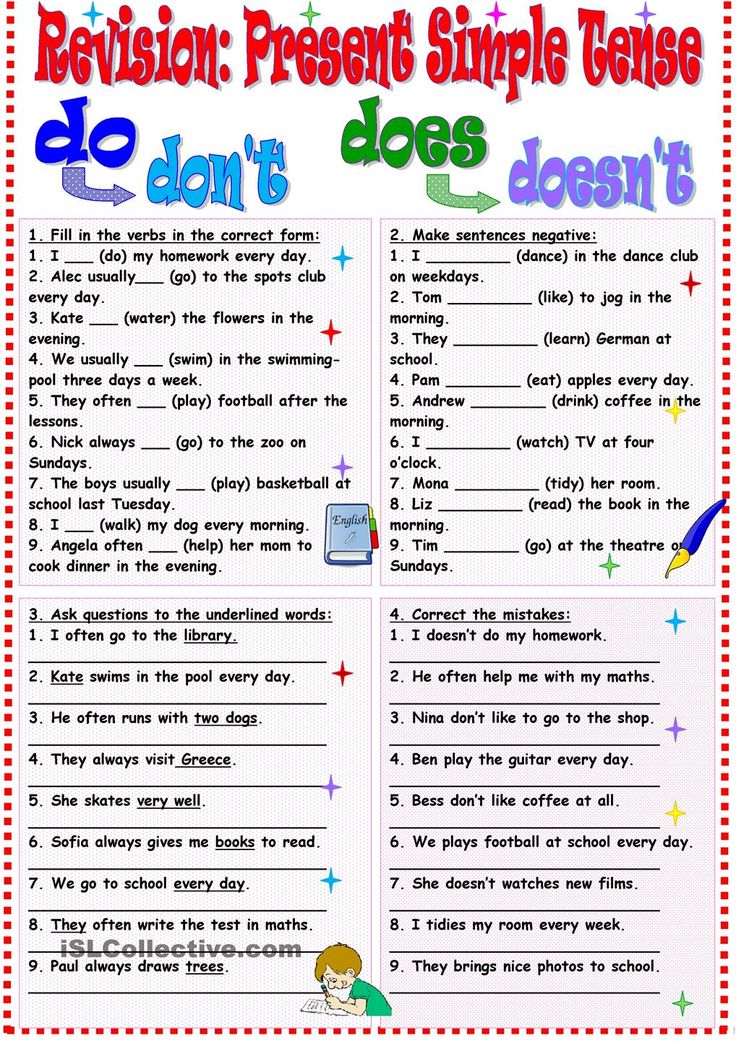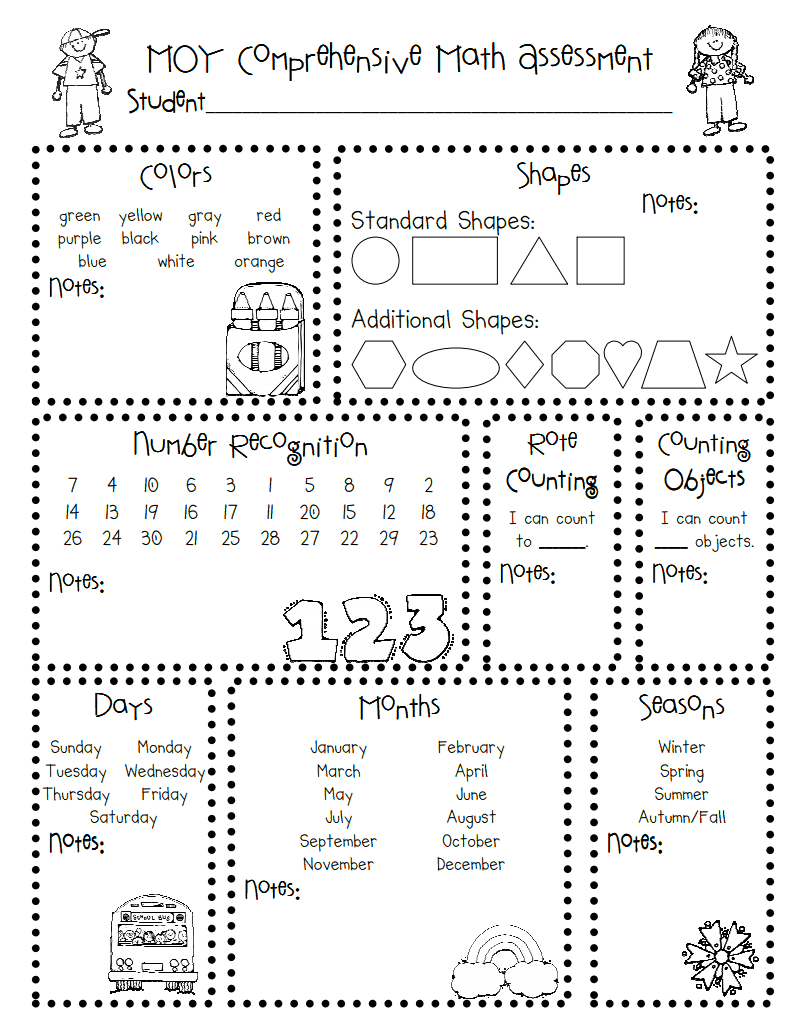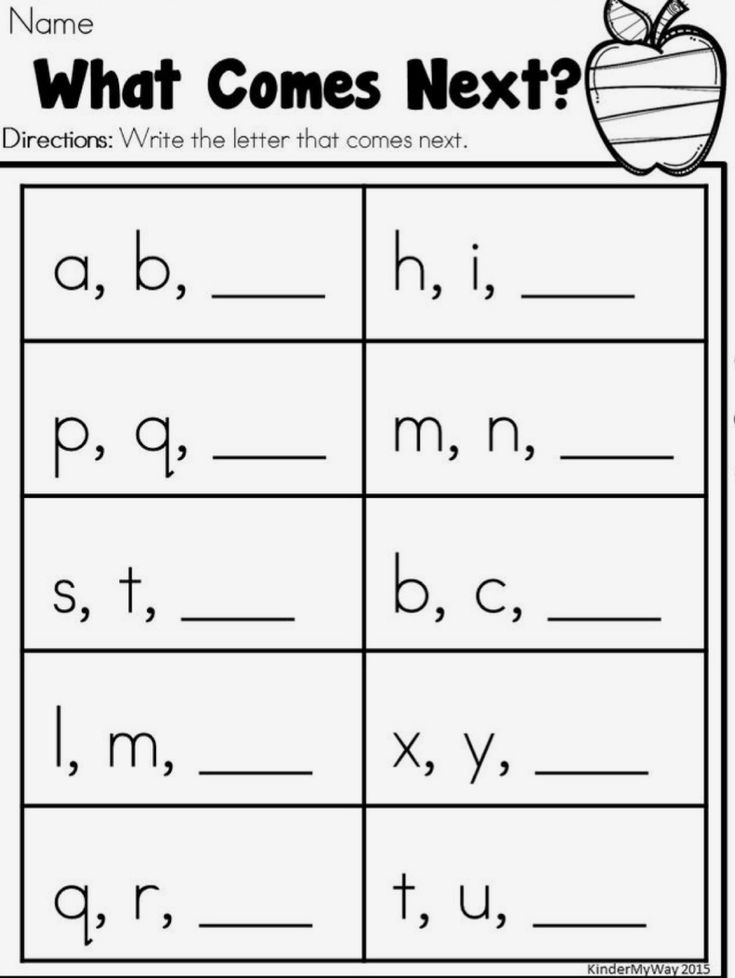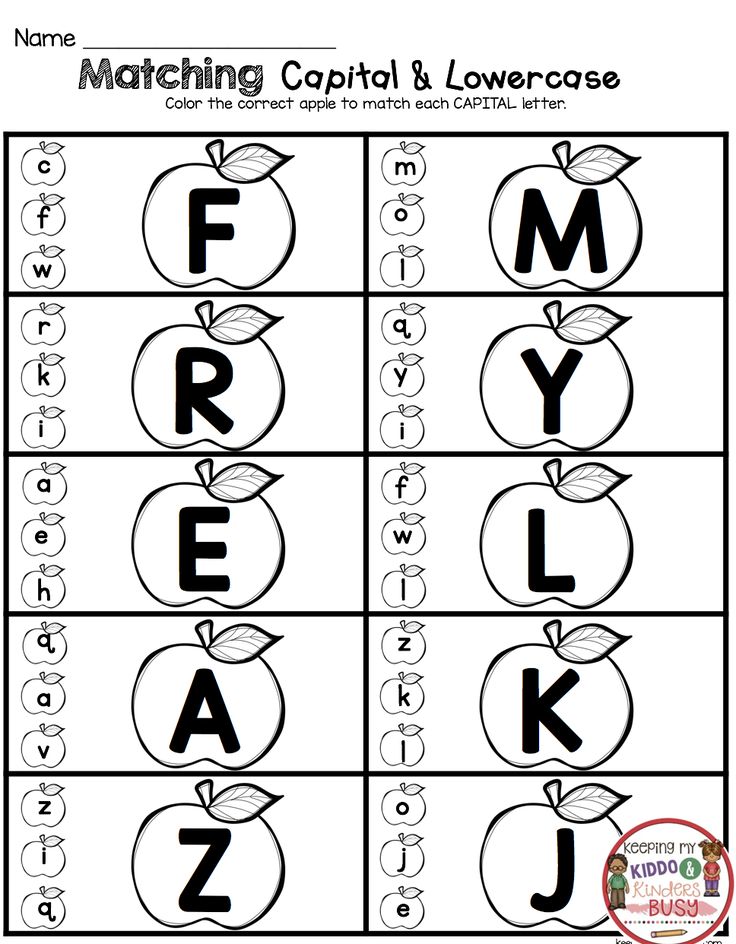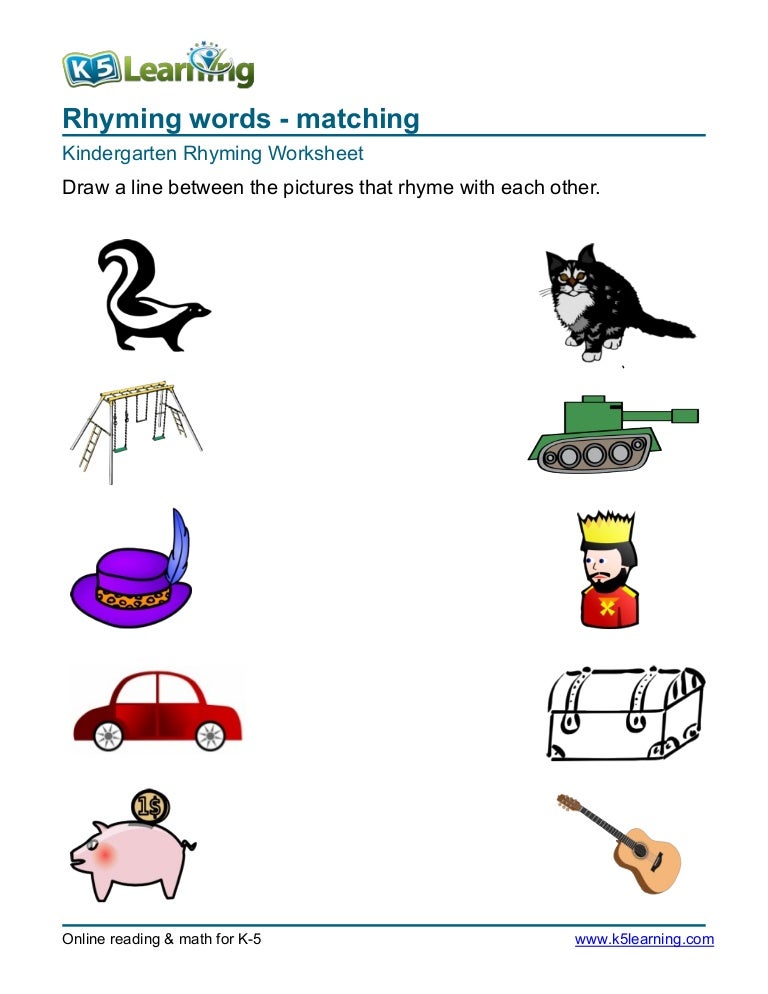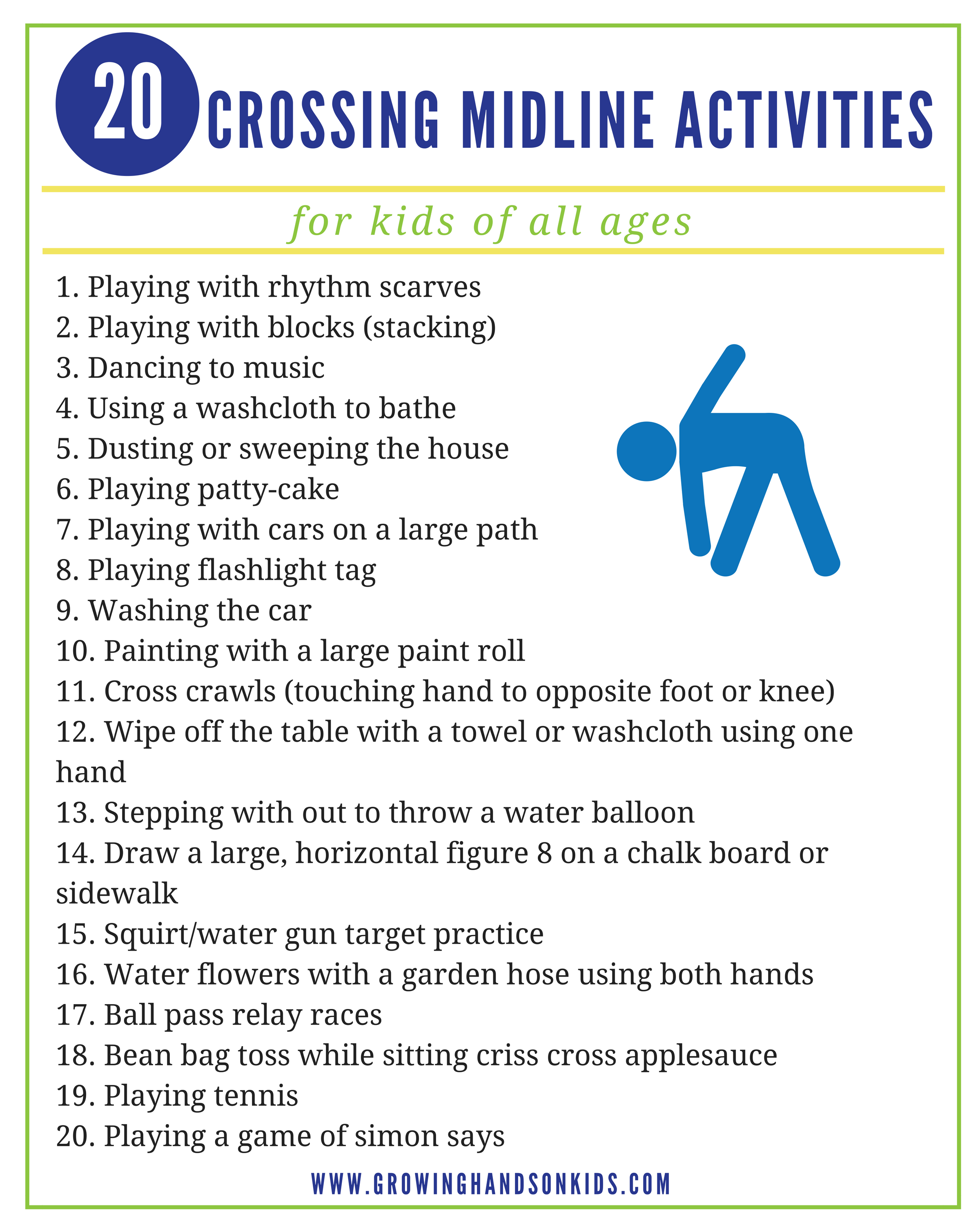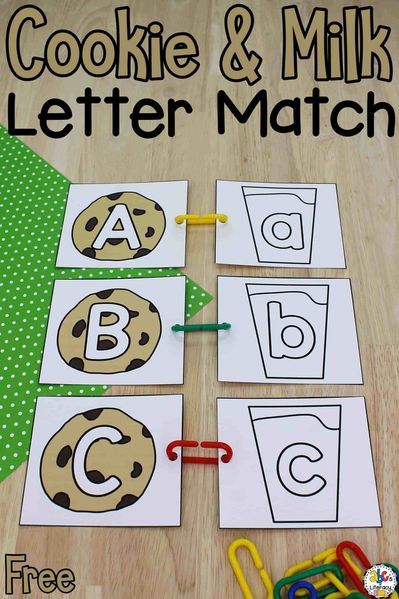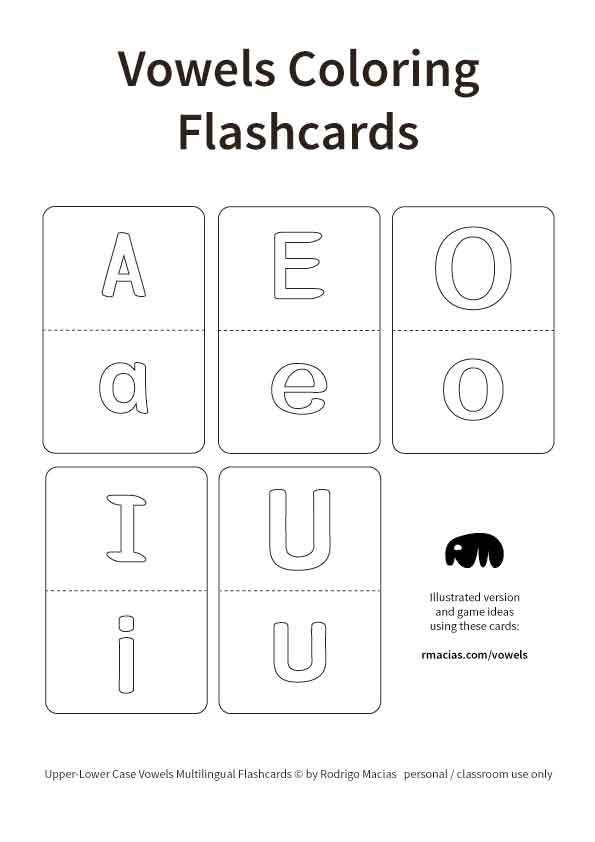Teaching math to toddlers
How to introduce maths to your toddler
Introducing maths to your child doesn’t have to be difficult. Without even noticing it, we use mathematical language all the time – from using size comparison words like ‘big’ and ‘little’ to counting the number of utensils to put out for a family meal.
Here are some simple (and fun!) ways to start thinking and talking about maths skills with your little one.
Point to shapes
Talk with your child about the shapes you see around you. Maybe on your walk together you notice a round stone or a square sign. “Look, the door on that house is a red rectangle!” Introducing these basic spatial sense skills – the concepts of shape, size, space and direction – will help your child later on in school when they start geometry.
Count it out
Find some small objects – such as shells or beads – to count together out loud. “Look! We have one, two, three, four, five orange beads.” You can also separate them into groups. “Let’s make three piles of three buttons. ” This is a great way to introduce the concepts of numbers and operations (addition, subtraction, multiplication and division). You don’t only need objects to learn how to count – you could also work on counting with your little one by counting out loud how many steps they take or how many times they clap their hands.
Play a sorting game
Recognizing patterns and relationships lays the foundation for learning equations later in life. To introduce these concepts to your toddler in a playful way, try playing a sorting game with objects around your house. “Let’s put the red lentils in one basket and the green lentils in the other basket.” You can also lay the objects out in a pattern. “Let’s make a row of lentils: red, green, red, green.”
Have fun in the kitchen
Cooking together is a great opportunity for your child to explore measurement and counting. Make sure to give them age-appropriate tasks and to supervise them closely while you create your culinary masterpiece! Talk about how much rice you need for your meal and show them how you measure it out. If you’re making a snack, count out the food items on your plate: “There are one, two, three, four berries in our snack.”
If you’re making a snack, count out the food items on your plate: “There are one, two, three, four berries in our snack.”
Build a tower
Stacking objects helps young children to learn about estimating size and understanding the relationship between different sized objects. To make a tower together, you could use blocks, empty boxes, empty cartons or other child-safe objects you have around the house that will stack well. Talk about how the pieces fit on top of one another and if the tower falls, why that happened. See how high you can go!
Compare and contrast
Take notice of the sizes of objects you see in comparison to one another. A market or food store are great places to do this together. “This mango is much bigger than that one.” You can also ask your child to point out which item they think is smaller or larger. This helps your toddler to work on building those important spatial sense and measurement skills.
25+ Hands-On Math Activities for Toddlers
Math for toddlers? You might wonder what I mean. It is not like toddlers are doing addition or subtraction... right?
It is not like toddlers are doing addition or subtraction... right?
Did you know that you begin teaching simple math concepts to children long before they ever enter a classroom? There are so many ways to embed learning math concepts like counting, measuring, and identifying more and less through simple daily experiences along with easy activities that you can enjoy alongside your child.
This post contains Amazon Affiliate links.
My husband loves math and he grew up doing math problems and talking about numbers all of the time. My kids love it too! On the other hand, math was my least favorite subject. As I became an elementary school teacher and found more ways to teach math to kids with different learning styles (and in a more hands-on way), I began to love it!
I am going to share some quick and easy-to-set-up activities that help you introduce your child to some simple math concepts! We are going to start with NUMBERS and OPERATIONS!
WHAT ARE NUMBERS & OPERATIONS?
This means understanding the concept of number, quantity, order, ways of representing numbers, one-to-one correspondence (that one object corresponds to one number), and counting.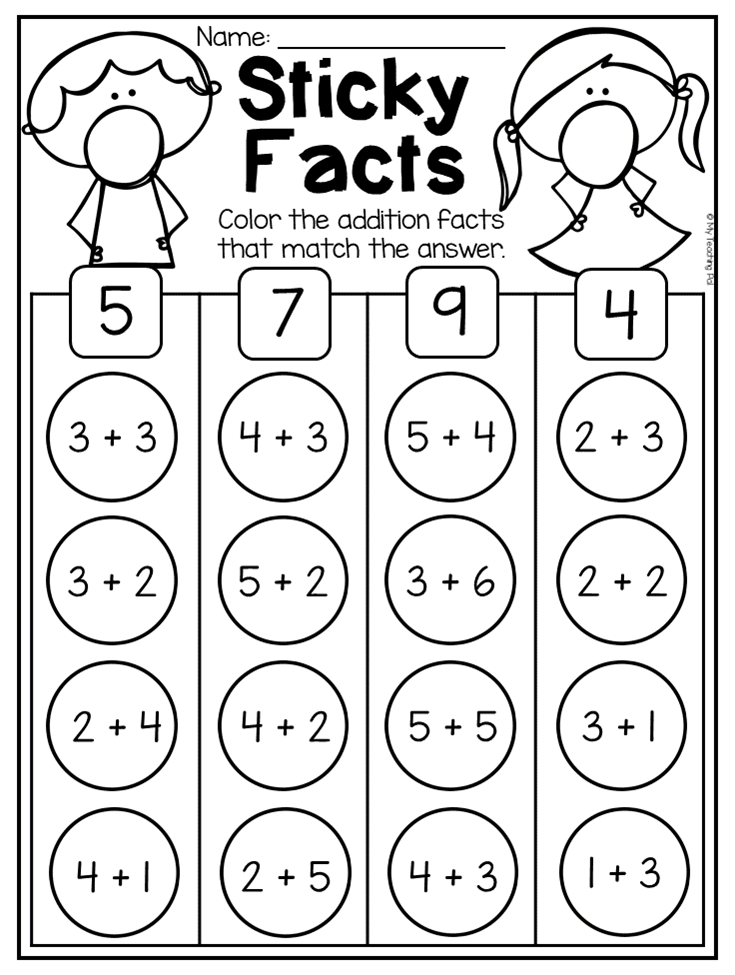
Some examples from the NAEYC include...
“You have two eyes, and so does your bear. Let’s count:--1, 2.”
“I have more crackers than you do. See, I have 1, 2, 3, and you have 1, 2. I’m going to eat one of mine. Now I have the same as you!”
“That’s the third time I’ve heard you say mama. You’ve said mama three times!”
When we understand math concepts, we can use what we know as we interact with our children each day.
WAYS WE CAN TEACH KIDS ABOUT NUMBERS & OPERATIONS
Kids need to be able to...
- count forward and backwards
- recognize what a number looks like and name it
- understand one-to-one correspondence (each number corresponds to one specific quantity)
Kids will do all of these things at different stages. Some kids will be fascinated with counting to 10 or 20 way before others are. Just because they can count up to 20, doesn't mean they actually know what they are doing or what that means.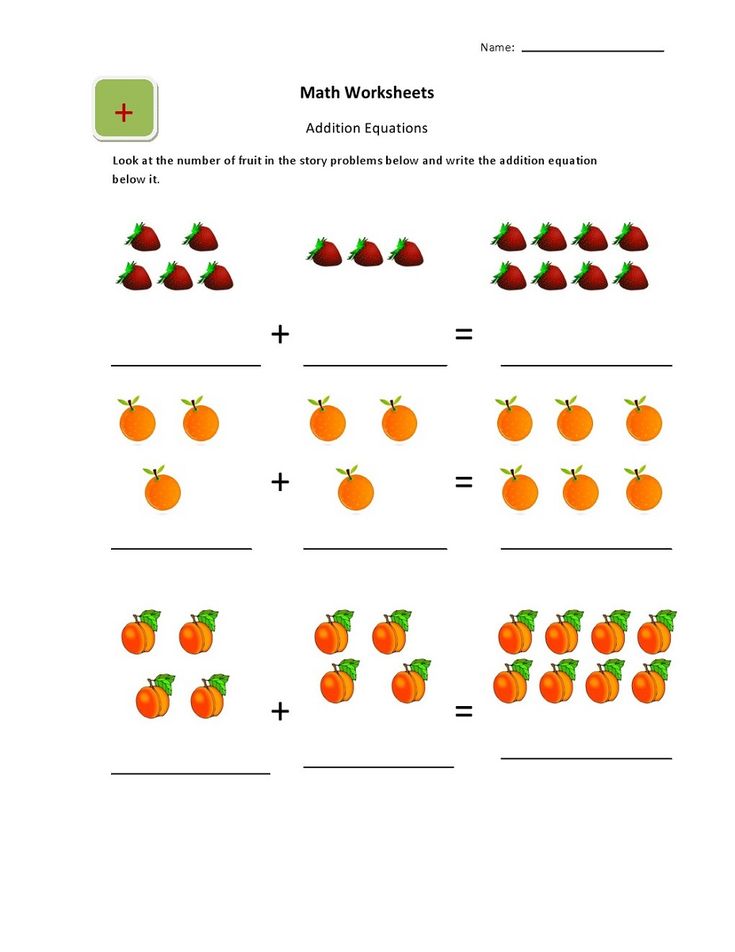 Rote counting and matching numbers is only a beginning stage to start understanding numbers.
Rote counting and matching numbers is only a beginning stage to start understanding numbers.
When we are exploring numbers with toddlers it is all through PLAY and every day experiences and interactions! This is not the time to break out flashcards or do drill and kill rote learning activities.
The number activities we are sharing below are simple and playful. They help teach the math concepts shared above while allowing you to connect with your child.
Some of the concepts that toddlers will begin to understand are listed below...
- They understand "more" and "enough" and "no more."
- They also may understand the words one and two or "pick two."
- Many two-year-olds can hold up two fingers to show you.
- Some two-year-olds will be able to recite numbers words in sequence or may be able to identify some numbers.
- Many will still recite numbers out of order.
There is a broad spectrum of abilities during the toddler years.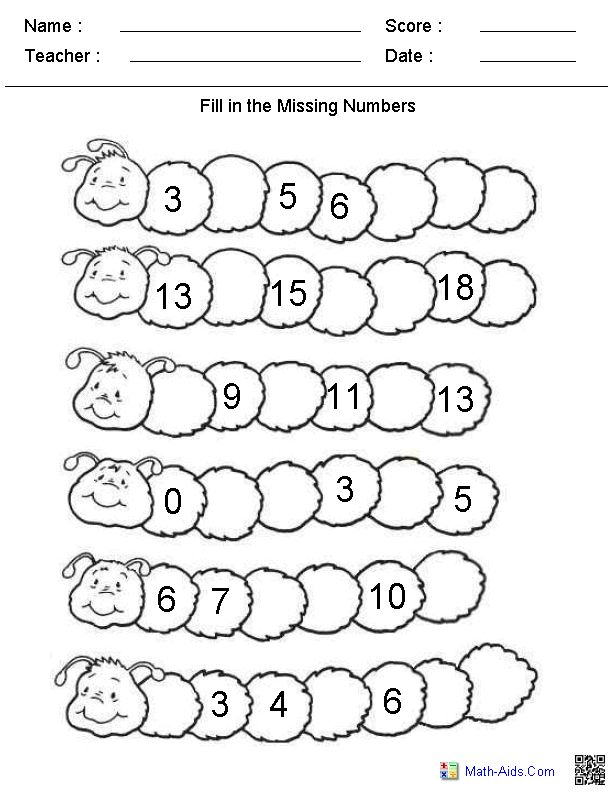 Each toddler will be different. I encourage you to focus on exploring these math concepts and not worry about comparing your toddler with their peers or trying to rush them to mastery of these skills.
Each toddler will be different. I encourage you to focus on exploring these math concepts and not worry about comparing your toddler with their peers or trying to rush them to mastery of these skills.
5 WAYS WE CAN EXPLORE NUMBERS WITH TODDLERS
1. Match Numbers
Matching numbers is a simple way to teach kids to recognize numbers and be able to say their names. These activities are great for helping kids learn to recognize, name, and match numbers.
Number Pocket Matching Game
Number Bug Sticky Wall
Leaf Number Movement Game
Car Parking Match Game by Housing a Forest
Cup Number Matching Game by Laughing Kids Learn
Sticky Number Match Activity by Busy Toddler
Number Dig and Match- Happy Toddler Playtime
2. Sing rhymes and counting songs
Rhymes and songs are great for teaching math concepts! They really stick into memories and kids love using their hands to help them sing as well. When you pair music with movement, kids retain so much more! If you click on each rhyme or song, you'll be taken to a YouTube video where you can listen or watch and sign along!
Ten Little Monkeys Swinging in the Tree
There Were Ten In The Bed
Two Little Blackbirds
Five Green, Speckled Frogs
The Ants Go Marching
One, Two, Buckle My Shoe
One Potato, Two Potato
Hickory Dickory Dock
Zoom Zoom Zoom!
3.
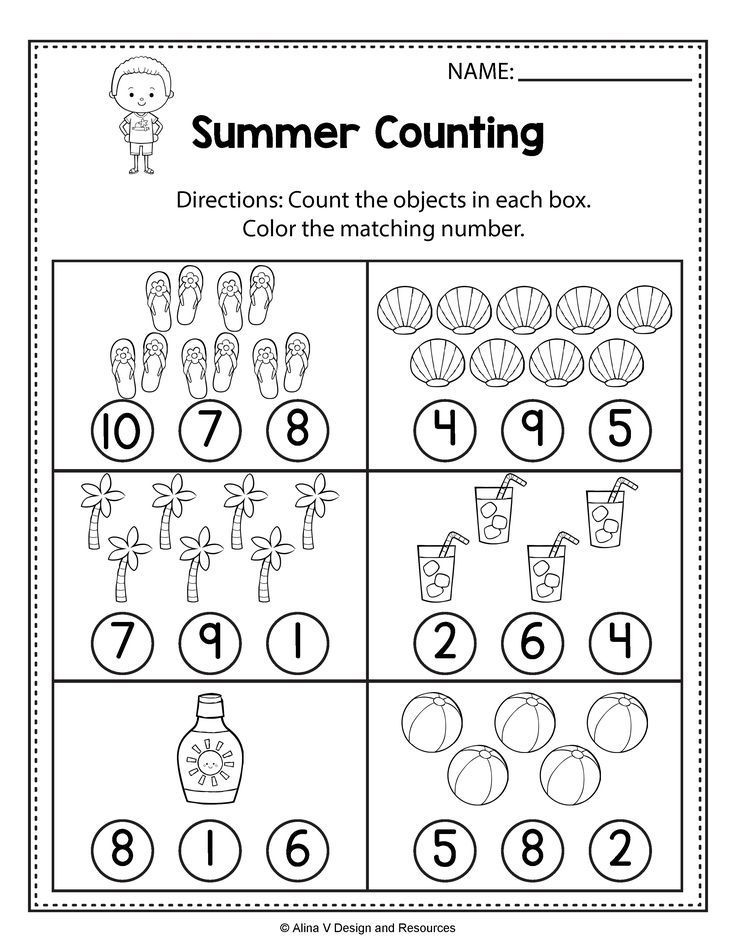 Count together
Count togetherThese simple, but fun activities are great for helping kids count from 1-10 and even higher in a playful way!
Counting Movement Game
Race to Lose a Tooth Counting Game
Boat Sink Challenge
Candy Cane Hunt and Match
Number Toy Hunt
Counting Croquet
Counting and Crushing Cars
Pipe Cleaner Pick Up Sticks Game
Lily Pad Number Hop
4. Read books about numbers
These are a few of our favorite books that explore numbers and counting! They are simple, colorful, and short to read.
Chicka Chicka 123 by Bill Martin Jr.
10 Little Ladybugs by Melanie Gerth
Counting Kisses: A Kiss & Read Book by Karen Katz
Doggies by Sandra Boynton
Bear Counts by Karma Wilson
How Do Dinosaurs Count to Ten by Jane Yolen
Mouse Count by Ellen Stoll Walsh
Ten Black Dots by Donald Crews
Ten Red Apples by Pat Hutchins
My Very First Book of Numbers by Eric Carle
Eight Silly Monkeys by Steve Haskamp
5.
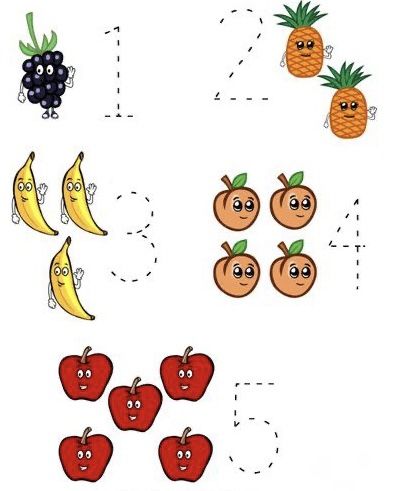 Play with numbers
Play with numbersThese number activities are great for helping your toddler explore numbers while also moving, exploring, and playing!
Press the Homemade Elevator Buttons
Number Hockey
Number Basketball
Pom Pom Toss game
Number target practice
Count by 2s with sticks
Number Hunt in the Pool
Roll 6 and Splash Number Game
Stroller Math
Put Out the Fire Number Game
Do you have any other simple ways that you like to embed math into everyday life?
EVERY DAY WAYS TO EMBED MATH INTO YOUR DAY
- Count cars as you are driving
- As you collect items at the grocery store, count them up
- Go on a number hunt at the store, on a walk, or while you are driving
- Count together and count the eggs that are added, tablespoons, etc.
- Play "pick up 5" and see if everyone can pick up 5 toys in a messy room and put them away
- Hunt for specific numbers on license plates
- Workout together! Count jumping jacks, laps around the kitchen, and push ups!
- Build with blocks- work together to create a tower with a specific number of blocks and then count them together
- Count when you are having snack! Encourage your child to eat 5 raisins or 3 slices of apples.
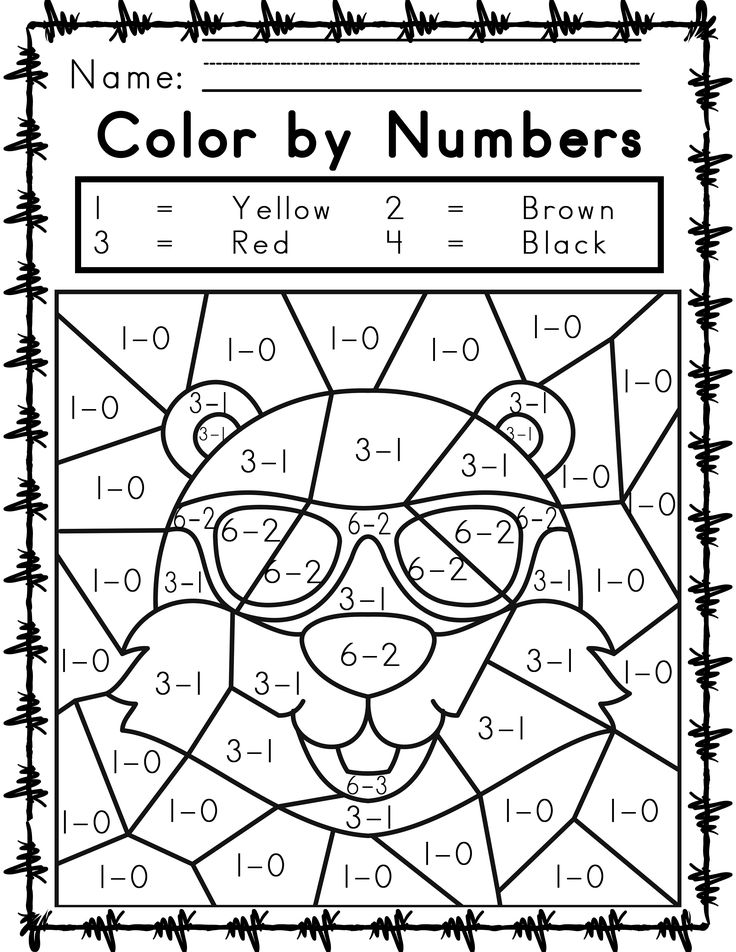 Count them up together.
Count them up together.
What else do you do?
Math for children 4, 5, 6, 7 years old
Here you can find a lot of useful materials on the topic "Math for children for children 4, 5, 6, 7 years old", which you can print on a printer and engage with children as at home, and in preschool and school institutions. With the help of our article 11 best activities for learning numbers from one to ten, you can teach numbers and counting to a child of any age. Learning math in a playful way is a very interesting activity even for those children who do not show much love for learning. Also, such tasks are great for little fidgets who cannot sit in one place for 5 minutes. Each game task is designed for a younger child - it is designed in such a way that the child does not get tired, and at the same time receives a useful portion of knowledge and skills. The main thing is not to solve all the tasks at once, only one at a time!
Mathematics for children 4, 5, 6, 7 years old - choose a section for learning
Mathematics for children is presented in several sections, each of which develops certain skills in teaching a child.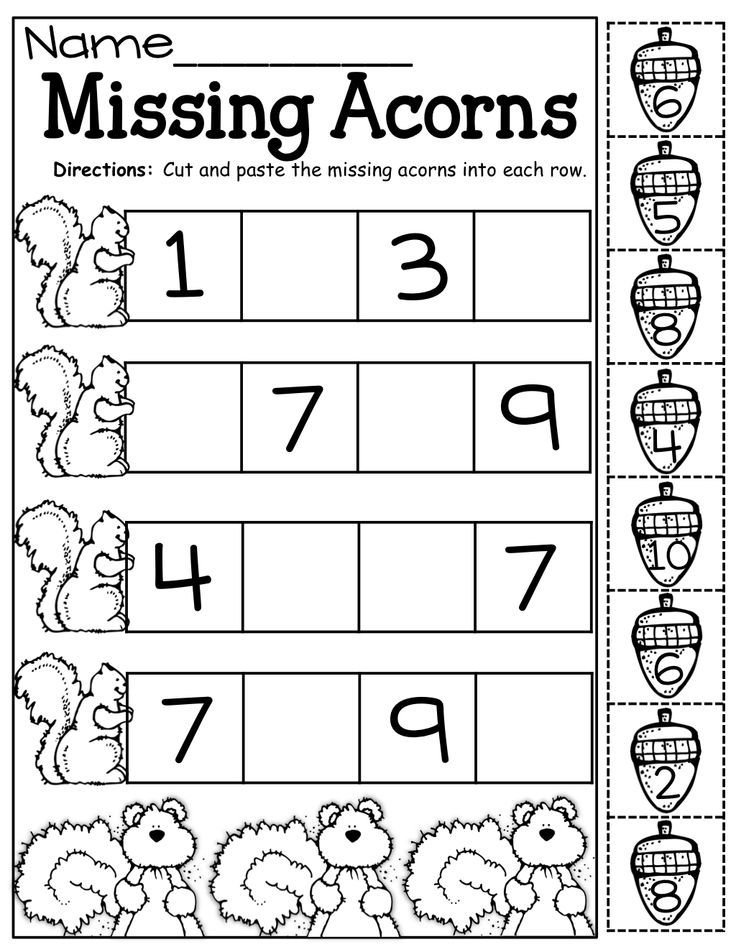 For example, counting up to 10 and 20 is intended for children who are learning to count objects, but still do not know numbers well and do not know how to solve mathematical expressions. In the section with tasks in mathematics, more complex tasks are presented, in which examples, tasks, and various tasks for adding, subtracting, dividing the number of objects into equal parts, etc. can be found. In tasks with geometric shapes, children will get acquainted with the shapes and names of geometric shapes, perform simple tasks to consolidate the learned material. Also, tasks with mathematical signs (greater than, less than, equals sign) are given separately.
For example, counting up to 10 and 20 is intended for children who are learning to count objects, but still do not know numbers well and do not know how to solve mathematical expressions. In the section with tasks in mathematics, more complex tasks are presented, in which examples, tasks, and various tasks for adding, subtracting, dividing the number of objects into equal parts, etc. can be found. In tasks with geometric shapes, children will get acquainted with the shapes and names of geometric shapes, perform simple tasks to consolidate the learned material. Also, tasks with mathematical signs (greater than, less than, equals sign) are given separately.
In this section, we learn to count to 10 with fun picture activities for preschoolers. Learning to count in a playful way is a very interesting activity even for those children who do not show much love for learning.
Here we learn to count up to 20 by completing interesting game tasks in pictures. The tasks below are suitable for children who have already mastered counting up to 10 and are starting to learn counting up to 20.
Here are interesting and colorful picture math tasks for children who are preparing for school or studying in 1st grade. Assignments can be very useful for teachers in kindergartens and elementary schools to teach children about mathematical expressions more effectively.
Geometric shapes for children - Interesting tasks
Here you can download and print geometric shapes for children in the form of interesting tasks in pictures, the implementation of which will not only benefit the child, but also a lot of fun.
Numbers for children in various designs are presented here - numbers in the form of flowers, three-dimensional, gold, with various textures, ice, puzzle numbers, as well as simple numbers in black and red.
Mathematical signs and symbols - Picture tasks
Learn math signs and symbols with fun picture activities. By completing tasks, the child will learn to distinguish between greater than and less than signs, as well as plus, minus and equal signs.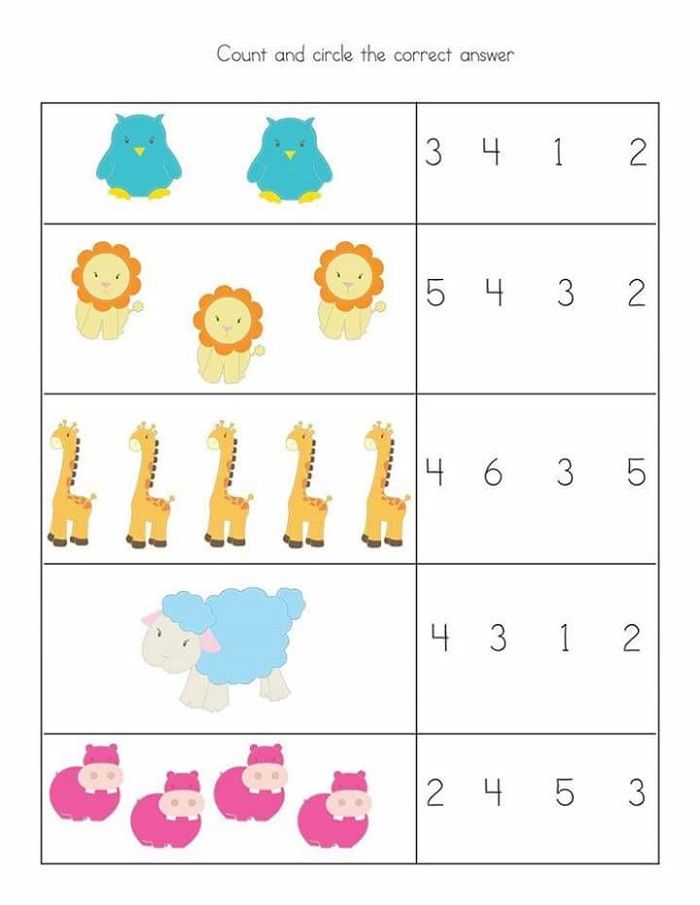
Other interesting topics with mathematics
Educational games "Math for kids"
Games developed by the children's portal Chudo-Yudo especially for the youngest children (from 2 years old), who are just starting to learn to count to 10. Such games contribute to faster memorization of numbers, and also allow the child to understand the technology of counting, which is difficult for his age.
Math games for children from 4 to 6 years old
The games are designed to prepare a preschooler for the first mathematical knowledge and the ability to count. Here you will find interesting colorful games in which the child will need to find and count the specified number of objects or living beings. Children of this age really like to count, especially in a playful way.
Math examples online
A great opportunity for younger students to practice their knowledge of mathematics. After all, in these tasks you need to be able to quickly solve examples, because a certain time is allocated for the passage of each task.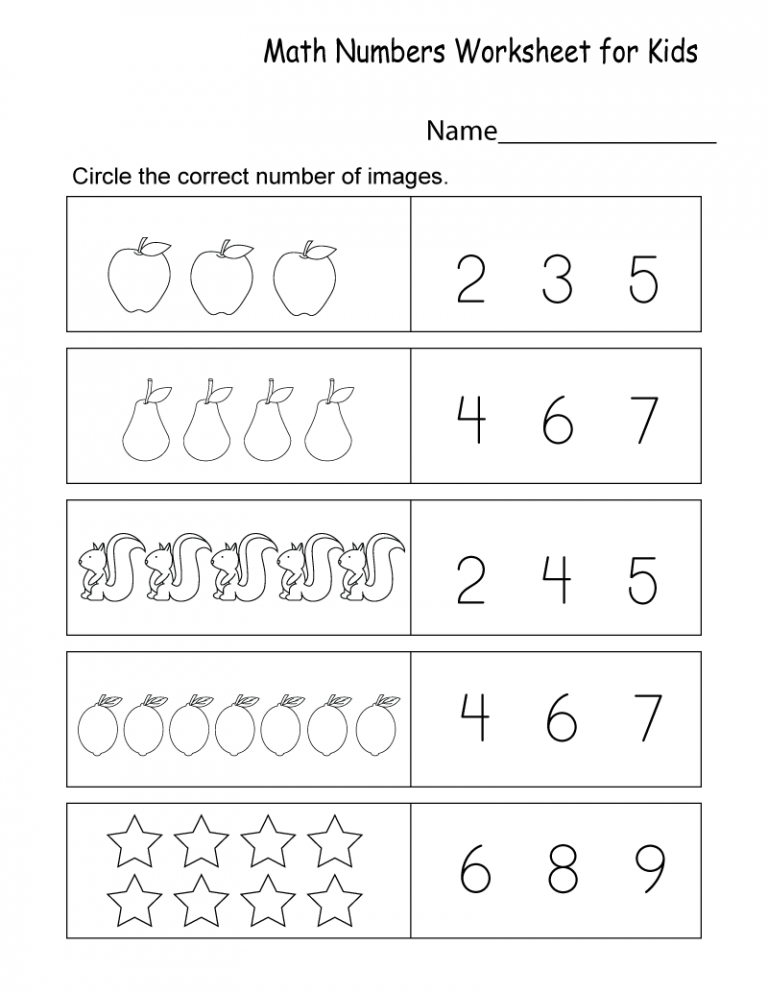 When the time runs out, then you are credited with points only for those examples to which the child managed to answer.
When the time runs out, then you are credited with points only for those examples to which the child managed to answer.
All educational materials presented in the section "Mathematics for children 4, 5, 6, 7 years old" are very useful for preschoolers to prepare for school, as well as for younger students to practice and test their knowledge.
how to be in time 3 months before school
Many children have difficulties with mathematics, very often they arise even in the first grades. At the same time, this situation is typical: the child did not understand some topic in the lesson, the parents have already forgotten the school curriculum and cannot explain the material to him. Bottom line: one misunderstood topic gradually acquires new gaps in knowledge, and as a result, by the end of the quarter, you have to hire a tutor.
How to avoid such problems? How to help a child? How to make him fall in love with mathematics from the first grade, solve problems with pleasure, and click examples like nuts?
To do this, it is worth starting to get acquainted with mathematics even before entering school.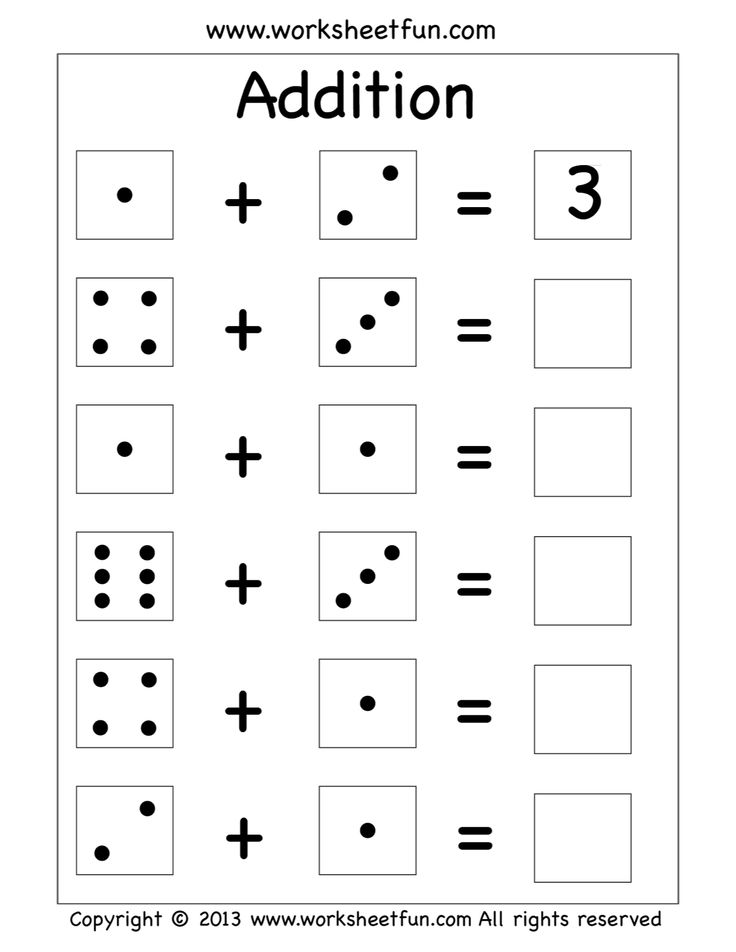 This will help the child to better adapt to school and feel more confident in the classroom.
This will help the child to better adapt to school and feel more confident in the classroom.
Today we will tell you how to introduce your baby to mathematics in just 3 months. Our tips will help your child master the simplest mathematical skills: they will introduce you to numbers and numbers, teach you how to add and subtract, and also solve text problems.
3 months before school. The first step in learning mathematics
It's time to introduce your child to numbers and numbers, ordinal and quantitative counting, teach him to count and write numbers from 1 to 30. It's best to do this in the game. Exercise with the baby for no more than half an hour a day and make sure that he does not overwork.
First, introduce the child to the ordinal count from 1 to 10, then offer him exercises to consolidate knowledge.
Game tasks are best for getting to know numbers. Here are just a few types:
1. Match the numbers in the picture and write the number on the stencil.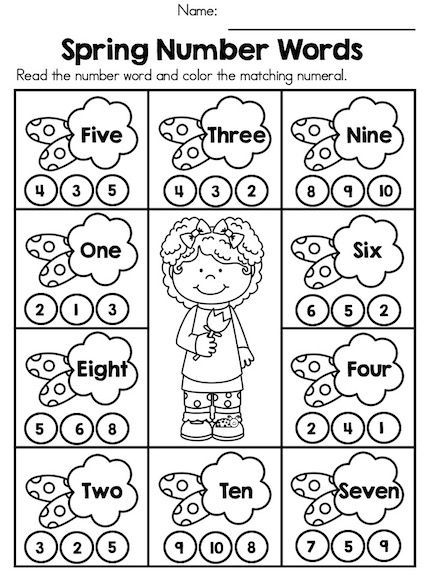 During these exercises, make sure that the child connects the numbers in order and calls each one aloud.
During these exercises, make sure that the child connects the numbers in order and calls each one aloud.
2. Count the objects. Fill in the missing numbers
2 months before school. The second step in learning math
When your child has memorized all the numbers, you can introduce him to simple arithmetic operations: addition and subtraction. Give your child tasks that get progressively more difficult. First, teach him addition, and only when you are sure that he has fully mastered it, proceed to subtraction.
Before giving the child examples, remember the numbers and the count with him. For example, with the help of such exercises.
Then you can offer him the first examples. First teach your child to add 1, then 2, 3, 4, and so on. The same with subtraction. Do not rush and move on to the next stage of classes only when the child has mastered the previous one.
Here are some types of tasks to help you learn:
1. Add or subtract the same number.
2. Read and circle the example.
3. Add different numbers
A month before school. The third step in mastering mathematics
When a child has mastered addition and subtraction, it is very important to consolidate these skills. You can do this with the help of speed exercises.
First, offer the child a certain number of examples and note the time in which he can cope with them. Then invite the child to solve examples for speed. To do this, slightly reduce the initial time that he spent on solving the very first examples. Repeat workout daily. Over time, the child will complete tasks without errors and in a fairly short time.
Another type of math exercise that would be good to master before school is simple word problems.

